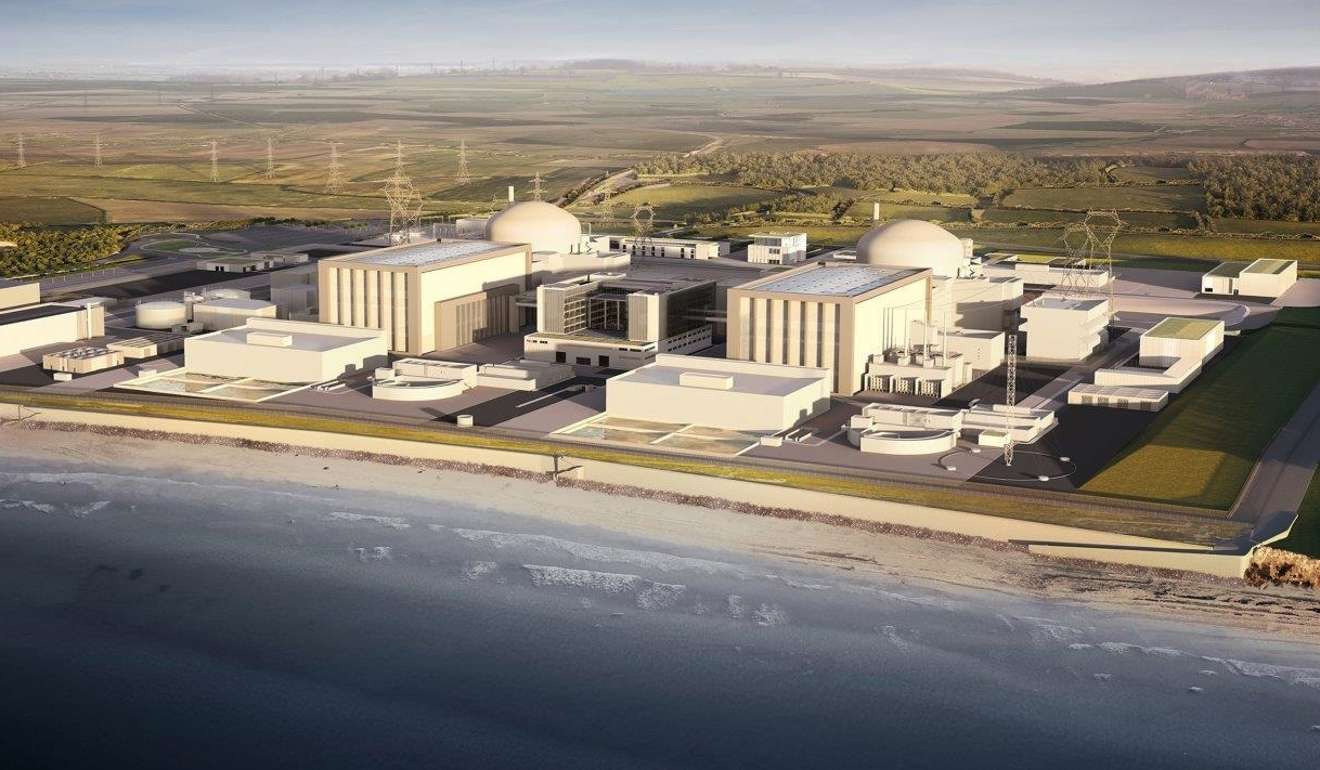China General Nuclear vows to meet new deadline for world’s first EPR reactor

China General Nuclear Power Corp (CGNPC), the parent of listed CGN Power, is “very confident” it will meet the twice delayed commercial commissioning timetable for the world’s first nuclear reactor to be built using an advanced French technology, according to its spokesman.
Meeting the requirements of the revised schedule will be key to cementing CGNPC’s global leadership in nuclear power projects development. It will also boost the confidence of potential overseas customers to buy into the Hualong reactors designed by Chinese firms, which have been absorbing foreign technology for the past three decades.
“We are very confident of making the year-end target [for the first reactor in Taishan, Guangdong],” said Huang Xiaofei, the company’s official spokesman.
State-owned CGNPC is the world’s largest nuclear power projects developer by projects under construction, and the fifth largest when ranked by operating capacity.
The Taishan project incorporates so-called “third-generation” European Pressurised Reactor (EPR) design, which is touted by French technology supplier Areva as being more cost-efficient and safer than the widely adopted second-generation designs.
Hong Kong-listed CGN Power said in late 2015 that the expected commercial operation of the first generating unit at Taishan had been delayed from the first half of last year to the first half of this year, after a “comprehensive evaluation” of the construction plan and risks.
A month ago, it said the timetable has been pushed back by a further half-year to the second half of 2017, citing the need to conduct “more experimental verifications in respect of its design and equipment.”
The second unit’s time frame for commercial generation has also been delayed to the first half of next year.
The project was originally expected to come on line in 2015. Construction delays raise project and depreciation costs and crimp profitability.
Huang said it is in line with engineering “norms” that first-of-its-kind projects and products are prone to “some schedule slippages.”
“It is similar to the automobile industry, where time is needed between the first sample and mass production, to conduct trials and tests to assure quality,” he said.
Areva’s rival, US-based Westinghouse, which claims its technology is the basis for almost half the world’s operating nuclear power plants, has also supplied its version of third-generation technology to China as well as the US and South Korea.

Despite the delays, Huang said the Taishan plant has progressed faster than the other two ERP projects being built. Construction on one in Finland began in 2005 while the other, in France, started in 2007.
Chinese developers have been building power reactors without interruption in the past three decades, an achievement unmatched by overseas peers.
CGN achieved an industry record by completing a reactor in 52 months in Guangdong, compared to the global norm of 60 to 64 months, Huang said.
The British government has been closely monitoring the progress of the Taishan reactor, which is seen as a reference project for the 18 billion pound Hinkley Point EPR plant to be built in southwest England, in which CGNPC has a 33.5 per cent stake.
The British government has guaranteed that the wholesale power price of the project will not be less than 92.5 pounds per mega-watt-hour, a reflection of nuclear power’s competitiveness compared to clean energy alternatives such as wind and solar power, Huang said.
CGNPC has been providing staff training to Thailand, Kenya, Malaysia and Indonesia, all of which have expressed interest in buying the Hualong reactors designed by CGNPC, rival China National Nuclear Corp and their Chinese engineering partners.
“These nations dream of owning nuclear power technology, which takes five to ten years of preparation, the most important part of which is talent training, from engineering to site selection to operation and maintenance,” Huang said.
Exporting its nuclear equipment and expertise is a key plank of China’s economic strategy, since an advanced nuclear power plant can generate economic value equivalent to that of 200 commercial aircraft valued at US$50 million each, he added.
“What’s more, a modern reactor can operate for 60 to 80 years, which when added to 20 years of project planning and construction, the entire industry chain involves 100 years of economic activities,” he said.